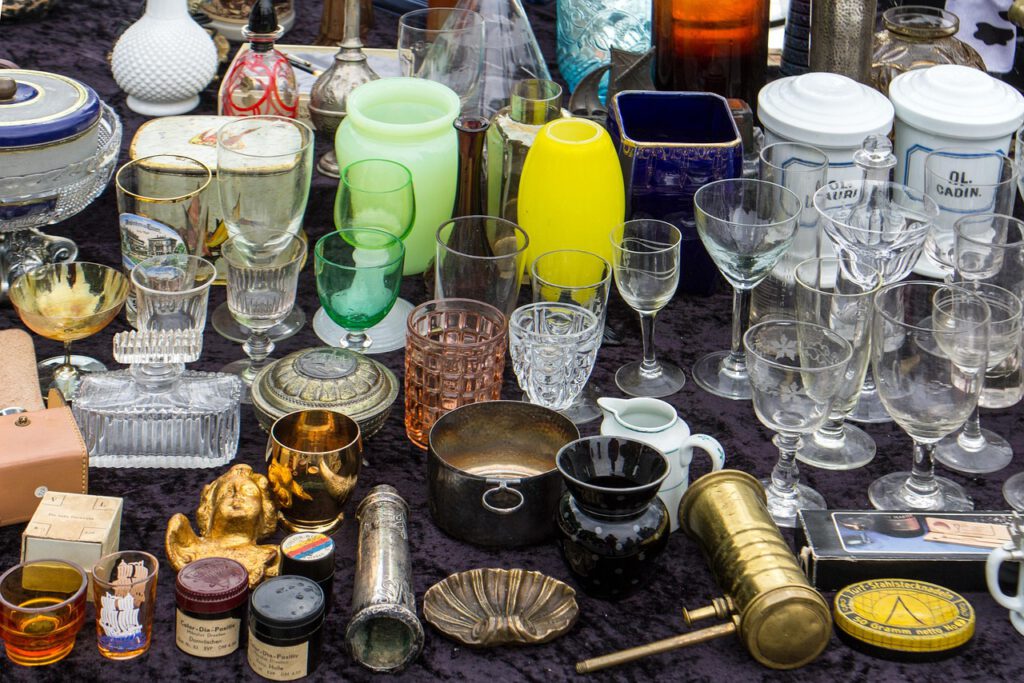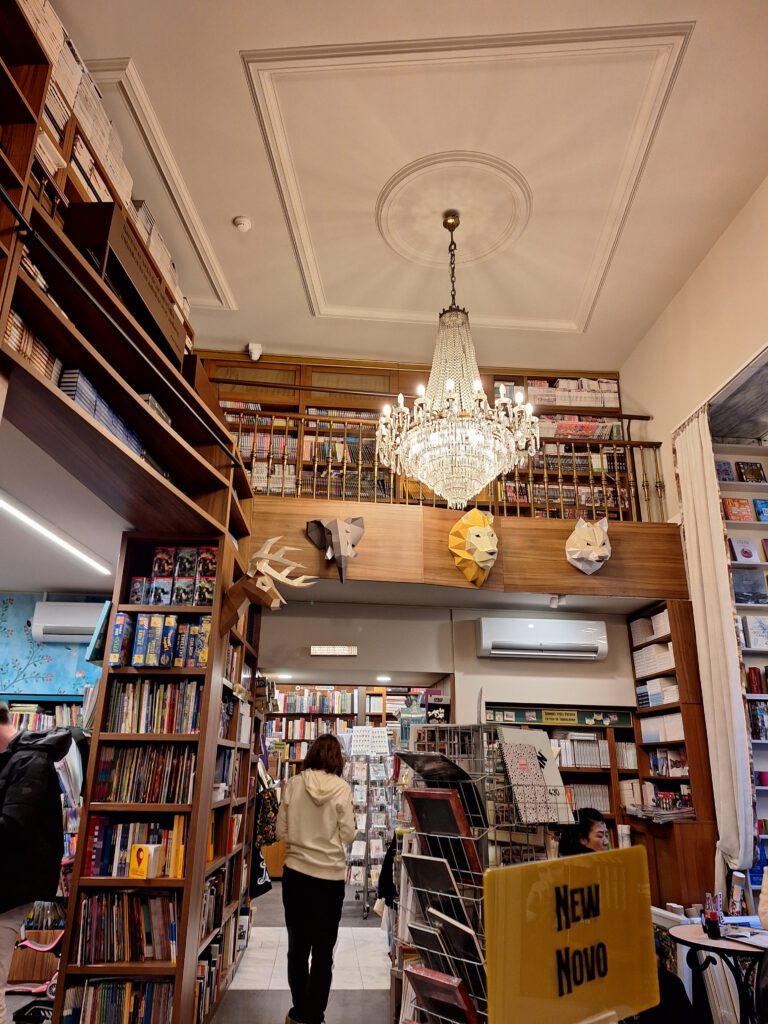Over the past decade, cultural tourism has evolved significantly, reflecting broader societal shifts and emerging trends in travel preferences. Since the United Nations World Tourism Organization’s (UNWTO) redefinition of cultural tourism in 2017*, it encompasses both tangible and intangible cultural elements and is no longer restricted to the well-educated, well-off senior traveller who travels exclusively with an art travel guide in hand. This broadened the term to include not just historical sites and monuments but also living cultures, traditions, culinary arts, and creative industries. Consequently, the UNWTO’s updated definition of cultural tourism emphasises experiences that encourage visitors to engage with local communities in tourism and to contribute to the preservation of cultural heritage. Sustainability aspects gain relevance as a horizontal topic from green travelling, sustainably managed accommodations, and activities that respect nature.
Sustainability and Community Engagement
Cultural travel offers and activities that enable recycling, upcycling and creative educational programmes fit into this context. The workshop to learn how to handle antiquarian books, guided shopping tours to the most beautiful second-hand shops or a creative workshop to recreate Roman jewellery are examples of sustainable travel. It is no longer about ‘ticking off the must-sees“ but about active and respectful immersion in themes and cultures.
A sustainable and responsible approach has become central to cultural tourism. Travellers are more conscious of their environmental footprint and the social impact of their visits. There is a growing demand for tourism practices that support local communities, preserve cultural heritage, and promote equitable economic benefits. This shift has led to the development of community-oriented tourism models that consider and even prioritise local well-being over mere economic gains. Additionally, sustainable travelling can be combined with personal interests and sustainable souvenirs in an exciting way. Sustainable travel does not end with appropriate transfers and accommodation options; the travel experiences, right down to the souvenirs, are also part of the sustainable experience.
From Booklovers Paradise in Belgrade to Vintage Chic in Osijek
Offers with a sustainable claim can also be found in places where you would not initially expect them. The Serbian capital Belgrade will delight book lovers with its abundance of bookshops, antiquarian bookshops and libraries. Hospitality and refreshment are also not neglected there: Various book paradises are combined with gastronomic offerings that invite to browse with pleasure. The diversity of languages in the antiquarian bookshops is reminiscent of the country’s history in the 19th and 20th centuries: in addition to Serbian publications, there are also books in the country’s minority languages such as Hungarian, Bosnian, Albanian, Croatian and Romanian. In the bookshops, a rich selection of English-language books is a matter of course.
Croatia scores highly with its nationwide second-hand textile chain TEXTILE house and follows the trend towards sustainable textile recycling. Two shops in Osijek on the Serbian-Croatian border, for example, offer carefully sorted garments and the range reflects European textile history: from creative retro chic from the former socialist brother countries to high-quality German, English and French brands – textile treasures beyond the cheap mainstream are waiting to be discovered and appreciated.
Flea markets have long been a centre of attraction for lovers of old goods and many a beautiful item is given a new lease of life as a sustainable travel souvenir. The large flea markets in Brussels, Paris and Vienna are almost legendary. Less well known may be the old goods trade organised by Vienna’s rubbish collection service: Under the label ‘48er Tandler’, the Viennese rubbish collection service has achieved cult status, and the spacious salesroom in the Margareten district is a paradise for collectors, enthusiasts and aficionados.
In summary, the term „cultural tourism“ has transformed from a focus on visiting historical sites to a broader, more inclusive concept that values immersive, authentic, and sustainable experiences. This evolution reflects changing traveller preferences and a deeper appreciation for the diverse cultural expressions found around the world.
*The so-called “Muscat Declaration on Tourism and Culture: Fostering Sustainable Development“ emphasised 2017 the sustainable aspects of cultural tourism.
Karin Drda-Kühn
(The authoress would like to take this opportunity to thank her colleagues in the #RomansWineDanube project for giving her the opportunity to familiarise herself with cultural tourism features in their countries.)
Picture credit: Pixabay CC



